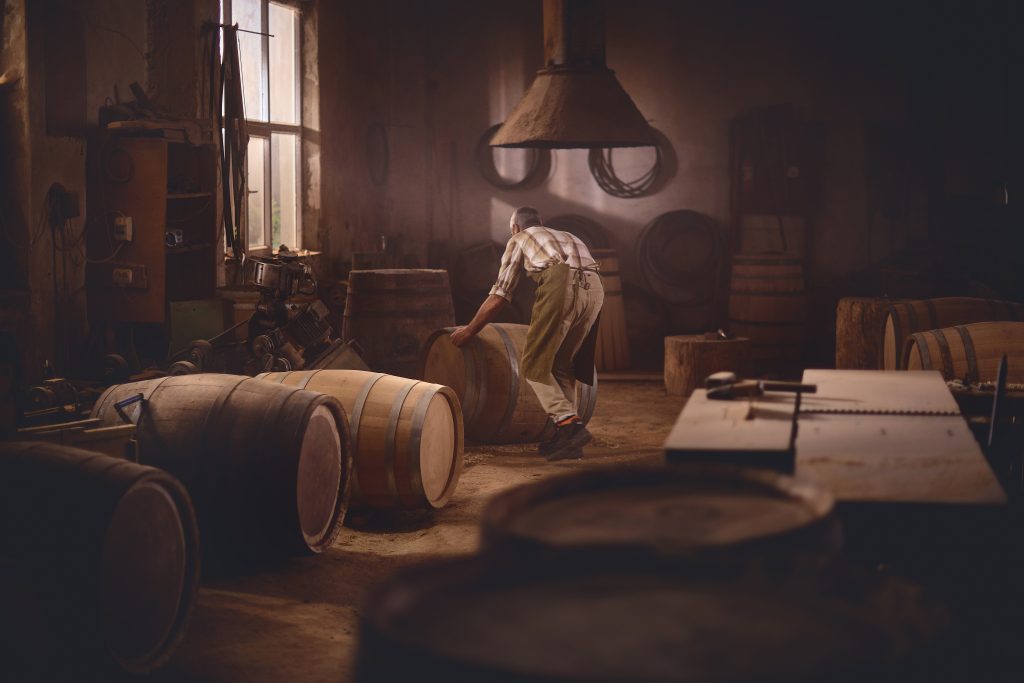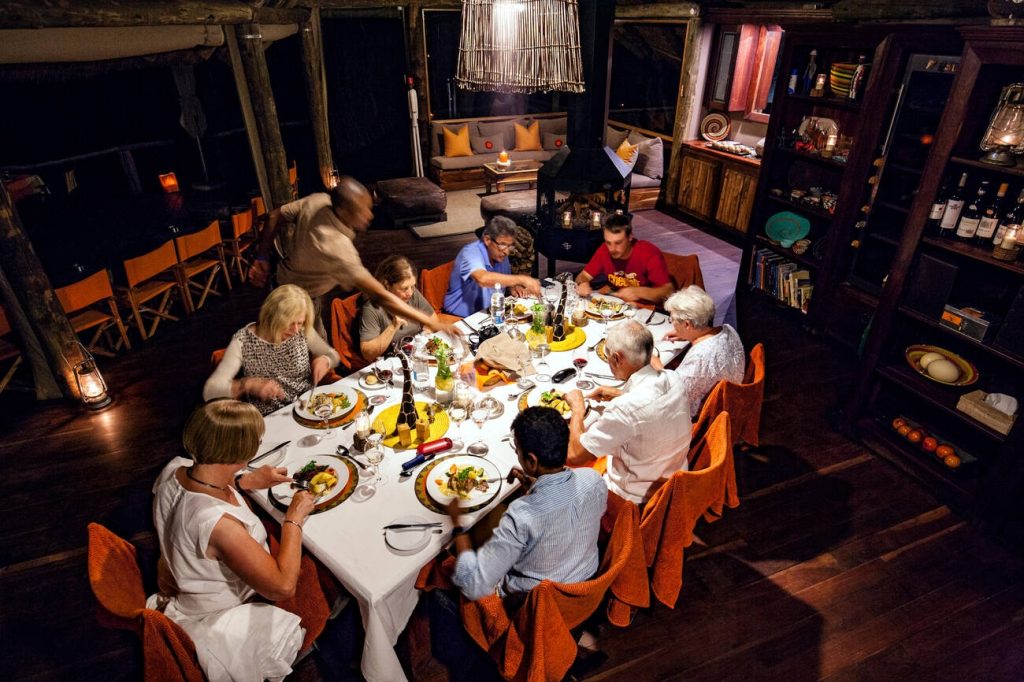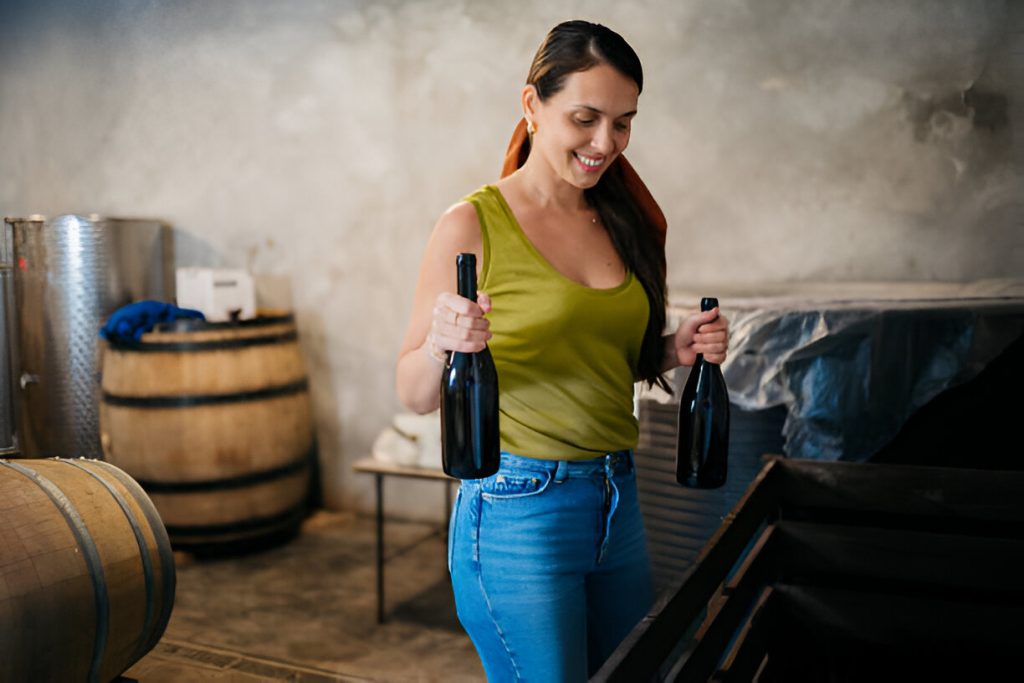Are you ready to embark on a captivating journey into the world of aged and old vintage wines? You probably don’t know that these wines offer a whole new level of complexity and depth to your wine tasting experience. From the aroma and flavor evolution to the softer tannins and reduced acidity, aged wines bring a unique charm and experience to your palate. But it’s not just about the flavors; it’s about the stories behind these wines. Discover the historical significance and the craftsmanship that goes into creating these gems. And as you delve into this world, you’ll also learn about proper storage, serving temperatures, and decanting techniques. So, join us as we uncover the secrets of aged wines and elevate your wine appreciation to new heights.
Contents
The Charm and Experience of Aged Wines
Experience the allure of aged wines as they take you on a sensory journey through time, revealing the captivating stories behind their flavors and creating lasting memories. The aging process transforms wines, enhancing their aromas and flavors in a way that is truly remarkable. As wines age, their aromas evolve, becoming more complex and enticing. The flavors become richer and deeper, with a softer tannin structure and reduced acidity. This transformation results in a fuller body and a more harmonious wine.
Beyond the sensory experience, aged wines hold historical significance. Each bottle tells a story, reflecting the craftsmanship and expertise of the winemaker. The vineyard’s history adds another layer of intrigue, with tales of generations of winemakers and the unique terroir that shaped the wine. Exploring the charms of aged wines enhances the overall wine experience, as it allows you to delve into the narratives behind the wines, deepening your appreciation for their uniqueness.
Proper wine storage is essential to maintaining the integrity of aged wines. They require a cool, dark, and humid environment to age gracefully. Wine presentation also plays a crucial role in the overall experience. From the selection of the perfect glassware to the ideal serving temperature, every detail contributes to the enjoyment of the wine. The presence of aged wines adds a touch of elegance to any special gathering, showcasing a host’s appreciation for fine craftsmanship and attention to detail.
A Touch of Elegance and Presentation
Enhance the overall ambiance and sophistication of your special gathering by adding a touch of elegance and presentation to your aged wines. Elevate the experience of enjoying these exquisite vintages with the following techniques and considerations:
- Decanting techniques: Separate the sediment from your aged wines by carefully decanting them into a beautiful crystal decanter. This not only enhances the wine’s visual appeal but also allows it to breathe, unlocking its full potential.
- Wine storage: Ensure that your aged wines have been stored properly in a cool, dark, and humidity-controlled environment. This preserves their delicate flavors and textures, allowing you to savor the wine as the winemaker intended.
- Serving temperatures: Serve your aged wines at the optimal temperature to enhance their flavors. Red wines should be served slightly below room temperature, while white wines and champagnes should be chilled to perfection.
- Wine display: Showcase your aged wines in an eye-catching display, perhaps on a vintage wine rack or a beautifully arranged table. This not only adds to the visual appeal of your gathering but also creates a sense of anticipation and excitement.
- Optimal enjoyment: Encourage your guests to savor each sip of the aged wine, allowing the complex flavors and aromas to unfold on their palate. Create an atmosphere that encourages conversation and appreciation for the art of winemaking.
Flavors and Sensory Experience
As you delve into the world of aged and old vintage wines, your palate will be tantalized by the unique and complex flavors that have developed over time. Wine tasting becomes a sensory exploration, a journey of flavor development that showcases the remarkable aging process. With each sip, you will discover the intricate flavor profiles that have evolved, revealing layers of richness and depth. The aging process allows the wine to mellow, resulting in softer tannins and reduced acidity. This creates a fuller body that envelops your taste buds and leaves a lasting impression. The flavors that emerge from aged wines are a testament to the craftsmanship and patience of the winemaker. From the subtle notes of dried fruits and spices to the smoothness and elegance of oak, each sip offers a new sensation to savor. It is a sensory experience like no other, where time has transformed the wine into a masterpiece of flavor. So, take your time, savor each sip, and allow yourself to be transported into a world of sensory delight.
Vintages, Regions, and Aging Potential
When exploring aged and old vintage wines, understanding the significance of vintages, regions, and aging potential is essential. Each of these factors plays a crucial role in the development and character of the wine you will experience. Here are five key aspects to consider:
- Climate influence: The climate of a wine region greatly impacts the ripening of grapes, affecting their sugar and acidity levels. This, in turn, influences the aging potential of the wine.
- Terroir impact: The unique combination of soil, climate, and topography known as terroir contributes to the distinctive character of wines from different regions. It shapes the flavors, aromas, and structure of the wine, influencing how it will age over time.
- White wine aging: While red wines are often associated with aging potential, certain white wines also possess the ability to mature gracefully. These wines develop complex flavors and textures, showcasing a different side of aging potential.
- Red wine potential: Red wines, with their tannins and structure, are known for their aging potential. The tannins soften over time, allowing the wine to develop greater complexity, depth, and smoothness.
- Acidity importance: Acidity is a crucial component in aging potential. Wines with higher acidity levels tend to age well, as it helps to preserve the wine’s freshness and balance as it matures.
Understanding these factors will enhance your appreciation for the aging potential of different wines and regions. It allows you to select wines that align with your preferences and create memorable experiences as you explore the world of aged and old vintage wines.
The Art of Aging Gracefully
To truly appreciate the beauty and complexity of aged and old vintage wines, it is essential to understand the art of aging gracefully. Aging techniques and cellar conditions play a crucial role in the development of these wines. The process of aging in oak barrels provides a unique flavor profile and adds depth to the wine’s character. The impact of bottle aging on wine quality cannot be underestimated, as it allows the wine to mature and evolve over time. Exploring the aging potential of different grape varietals is a fascinating endeavor, as each grape brings its own set of characteristics to the aging process. Furthermore, aging has a profound influence on the texture and mouthfeel of wines, creating a smooth and velvety sensation on the palate. The art of aging gracefully is a testament to the expertise and dedication of winemakers, who patiently guide the wine through its transformative journey. By understanding and appreciating the intricacies of aging, one can truly savor the extraordinary experience that aged and old vintage wines offer.
Vintage Vs. Non-Vintage Wines
You frequently encounter the debate of vintage versus non-vintage wines, and it’s essential to understand the characteristics that distinguish the two. Here are some key points to consider:
- Vintage significance: Vintage wines reflect the unique characteristics of a specific growing season. They showcase the nuances of grapes harvested in a particular year, capturing the essence of that time.
- Non-vintage blends: Non-vintage wines, on the other hand, are crafted from grapes harvested in different years. They offer consistency in taste and style, as winemakers blend different vintages to create a balanced and reliable product.
- Collecting old vintages: Vintage wines hold emotional significance and historical value, making them highly sought-after collectibles. They offer a glimpse into the past and can be enjoyed as a celebration of craftsmanship and time.
- Vintage vs. non-vintage champagne: Champagne is a prime example of the vintage versus non-vintage debate. Vintage champagnes showcase the unique qualities of a specific year’s grapes, while non-vintage champagnes maintain a consistent house style.
- Aging potential in non-vintage wines: While vintage wines are often associated with aging potential, non-vintage wines can also develop complexity and depth over time. The blending of different vintages allows for the creation of wines with aging potential, offering a delightful surprise when opened years later.
Understanding the distinctions between vintage and non-vintage wines allows you to appreciate the unique qualities and experiences each category offers. Whether you prefer the historical significance of vintage wines or the consistent quality of non-vintage blends, both have their place in the world of wine.
Factors Affecting Vintage Quality and Wine Price
Factors that influence the quality and price of vintage wines include climate, harvest conditions, winemaking methods, and grape quality. The impact of climate on vineyards is crucial, as it determines the ripeness and flavor development of the grapes. A favorable climate, with the right balance of sunlight, temperature, and precipitation, can lead to better vintages with concentrated flavors and aging potential. Conversely, unfavorable weather conditions such as spring frosts, hail storms, or excessive heat waves can negatively affect grape quality and ultimately the vintage’s overall quality.
Winemaking techniques also play a significant role in determining the quality of a vintage. Different vintages may require specific methods to maximize the potential of the grapes. For example, exceptional grape quality may lead to time-intensive techniques, such as extended maceration or barrel aging, which can result in higher wine prices. On the other hand, winemakers may employ different techniques to salvage a challenging vintage, such as careful blending or adjusting fermentation conditions.
Grape quality itself is a crucial factor in determining the quality and price of a vintage. Grapes that are healthy, fully ripe, and free from disease or pests will contribute to a higher-quality wine. This is why vineyard management practices, such as pruning, canopy management, and pest control, are essential in ensuring grape quality.
In addition to climate, winemaking techniques, and grape quality, the emotional significance of vintage wines also affects their price. Vintage wines hold historical value and evoke a sense of nostalgia, making them highly collectible. The limited availability and the stories behind each vintage contribute to their allure and exclusivity, which in turn influences their price.
These factors, including climate impact, winemaking techniques, grape quality, and emotional significance, all contribute to the overall quality and price of vintage wines. Understanding these factors can help wine enthusiasts appreciate the craftsmanship and uniqueness of each vintage, making the experience of tasting and collecting vintage wines even more rewarding.




